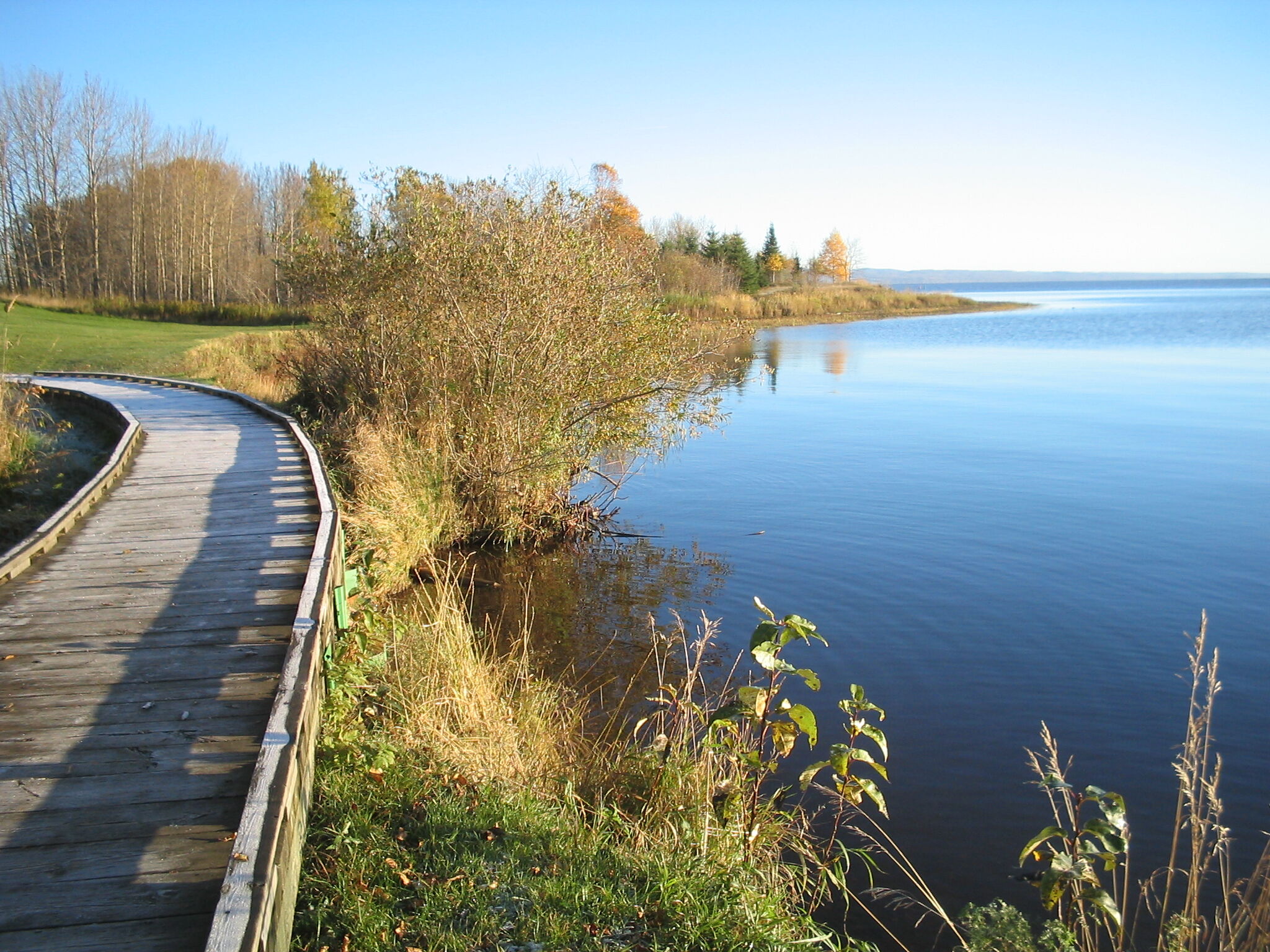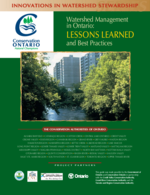Watershed Management
Conservation Authorities deliver a variety of watershed management programs and services totaling more than $300 million annually with the support of 3,600 full time, part time and seasonal staff.
Conservation Authorities’ programs and services are science-based and delivered by professionals including foresters, engineers, wildlife experts, ecologists, geologists, economists, agroscientists, planners and educators.
Conservation Authorities often deliver programs and services in partnership with local landowners, other environmental agencies and all levels of government. Ontario’s 36 Conservation Authorities are typically responsible for: rolex air king replica
- Watershed strategies and management
- Flooding and erosion protection
- Water quality and quantity
- Reforestation and sustainable woodlot management
- Ecosystem regeneration
- Environmental education and information programming
- Land acquisition
- Outdoor recreation
- Soil conservation
- Environmental land use planning
- Habitat protection
- Agricultural and rural landowner assistance
- Sensitive wetlands, flood plains, valley lands protection
Monitoring Watershed Conditions
Conservation Authorities monitor the health of Ontario’s natural resources through various monitoring networks. Watershed monitoring helps us:
- Identify issues and project future conditions
- Focus actions where they are needed most
- Track progress over time
- Provincial Water Quality Monitoring Network (PWQMN)
- Provincial Groundwater Quality Monitoring Network (PGMN)
- Ontario Benthos Biomonitoring Network (OBBN)
- GIS Mapping Data
- Southern Ontario Land Resource Information Systems (SOLRIS)
- Ontario Stream Assessment Protocol (OSAP)
- Ontario Base Maps
- Ontario Invasive Plant Council
- Other sources: municipalities, Environment Canada
Conservation Authorities collect data using a combination of their monitoring sites and information from outside sources and partnerships, such as:
A number of Conservation Authorities publish local Watershed Report Cards focusing on three natural resource categories: surface water quality, groundwater quality and forest conditions. The first set of report cards was published in 2013 with a second set in 2018.
The Watershed Report Cards contribute to a better understanding of conditions in Ontario's watersheds.
Integrated Watershed Management
Conservation Authorities rely on an integrated watershed management approach which requires us to manage human activities and natural resources, together, on a watershed basis taking into consideration the connected interests and needs of the environment, economy and society.

